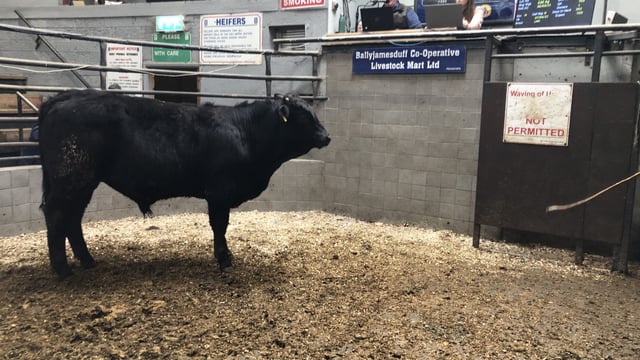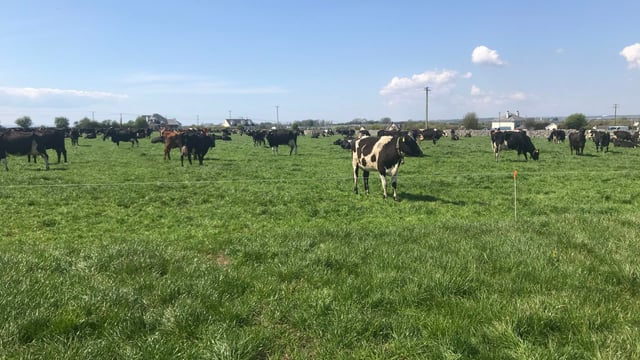Stay ahead of lameness as grazing season kicks up a gear
As the grazing season really kicks into gear on dairy farms, it is important to keep ahead of lameness issues.
Lameness can have a detrimental effect on dairy-cow performance and is also an animal welfare issue.
There are measures that can be considered to help prevent or reduce lameness issues:
Dairy cows can walk a significant distance each day, so keeping their feet in good order should be a priority.
It is important to be proactive; cows that are lame should be identified and treated promptly.
Detecting subclinical lameness is an effective way of reducing the impact of the issue on a cow.
Management tools such as locomotion or mobility scoring are a useful way of detecting cases. They can detect cows with issues before they become noticeable, which may lead to a longer treatment time.
As the breeding season begins it is also important that lameness does not impact on cows going in-calf.
Lame cows are less likely to be seen in oestrus; if they are seen 'in heat' it is likely to be less intense and last for a shorter period of time.
So, any cows that have been showing signs of lameness should be checked before the start of breeding, or as soon as their issues becomes apparent.
Achieving reproduction targets on farms is hard enough without lameness issues causing further issues.





